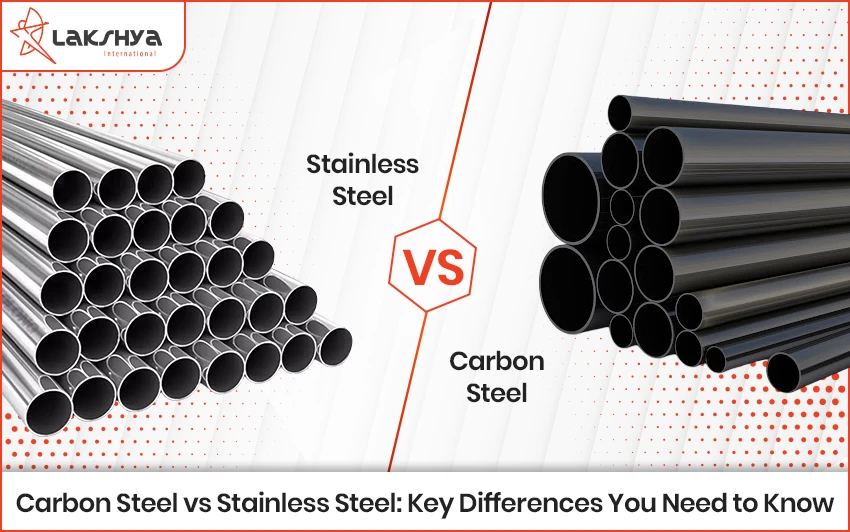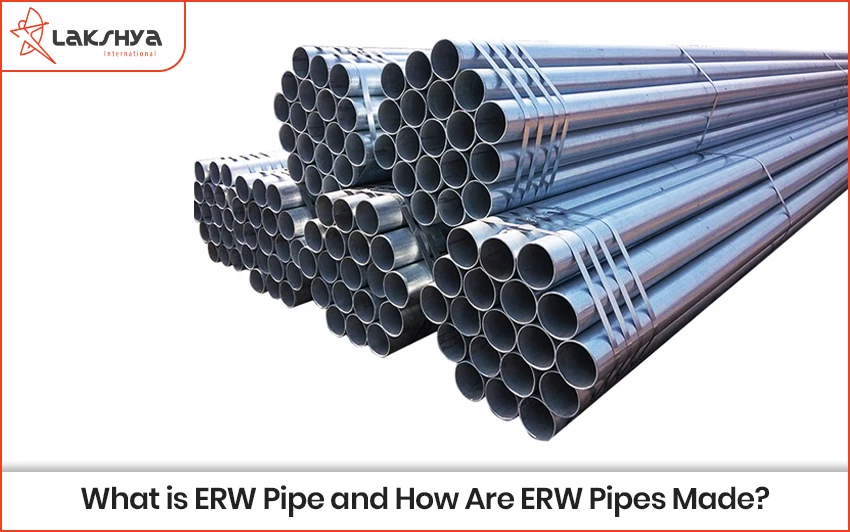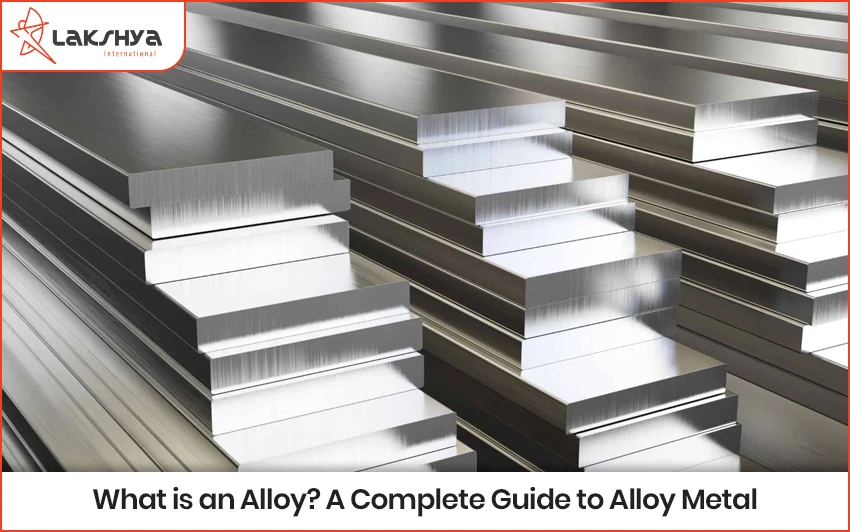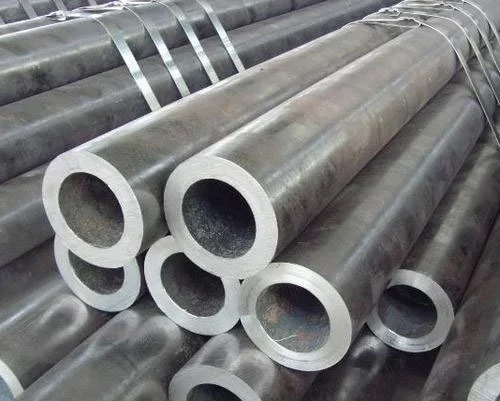Stainless Steel 316 bright Annealed Tubes Supplier
Stainless Steel 316 bright Annealed Tubes Supplier
Table of Content
- 316 Stainless Steel Annealing Temperature
- Specification of SS 316 Bright Annealed Tubes
- Chemical Composition of 316 SS Bright Annealed Tubes
- Mechanical Properties of Stainless Steel 316 Bright Annealed Tubes
- Dimensions Tolerance of stainless steel 316 bright annealed Tubes
- SS 316 bright annealed tubes Applications
- FAQ’s
Lakshya Steel is supplier of Stainless Steel 316 Bright Annealed Tubes are known for their exceptional quality and polished appearance. Made from high-grade 316 stainless steel, these tubes undergo a bright annealing process in a controlled atmosphere to achieve a smooth, mirror-like surface. This treatment enhances their resistance to corrosion and oxidation, making them ideal for use in demanding environments like marine and chemical industries. The design ensures greater strength and durability, while the bright annealed finish provides a clean, aesthetic look. These tubes are available in various sizes and specifications, making them versatile for numerous applications where both performance and appearance are crucial. The “bright annealed” term refers to a specific heat treatment process where the tubes are annealed in a controlled atmosphere to prevent oxidation and maintain a smooth, bright surface finish. This process not only enhances the tube’s appearance but also improves its corrosion resistance.
316 SS bright Annealed tubes are often used in industries like food processing, pharmaceuticals, and chemical processing, where both the material’s durability and a clean, polished finish are important. The bright annealed surface also makes the tubes easier to clean, which is crucial in hygienic environments.
316 Stainless Steel Annealing Temperature
316 Stainless Steel undergoes annealing to enhance its properties and achieve the desired finish. The annealing temperature for 316 stainless steel typically ranges between 1,000°C and 1,200°C (1,832°F to 2,192°F).
During the annealing process, the steel is heated to these temperatures in a controlled environment. This process helps relieve internal stresses, improve ductility, and enhance corrosion resistance. For bright annealed tubes, the heating is done in an oxygen-free environment to prevent oxidation and scaling, resulting in a smooth, shiny surface.
Annealing at these temperatures ensures that 316 stainless steel maintains its excellent performance characteristics, including its superior corrosion resistance and formability. This makes it ideal for a wide range of applications, from industrial uses to high-precision requirements.
Specification of SS 316 Bright Annealed Tubes
|
Category |
Details |
|
Standards and Specifications |
|
|
Seamless Tubes |
ASTM A269 ASTM A213 / ASME SA213 |
|
Welded Tubes |
ASTM A269 ASTM A249 / ASME SA249 |
|
Annealing and Finish |
|
|
Domestic Tubes |
Bright annealed |
|
Imported Tubes |
Solution annealed and O.D. polished to a 320-grit finish |
Chemical Composition of 316 SS Bright Annealed Tubes
|
Element |
Composition (%) |
|
Carbon (C) |
0.080 max |
|
Manganese (Mn) |
2.00 max |
|
Phosphorous (P) |
0.045 max |
|
Sulfur (S) |
0.030 max |
|
Silicon (Si) |
1.00 max |
|
Chromium (Cr) |
16.0–18.0 |
|
Nickel (Ni) |
10.0–14.0 |
|
Molybdenum (Mo) |
2.00–3.00 |
Mechanical Properties of Stainless Steel 316 Bright Annealed Tubes
|
Property |
Value |
|
Yield Strength |
30 ksi min |
|
Tensile Strength |
75 ksi min |
|
Elongation (2″ min) |
35% |
|
Hardness (Rockwell B Scale) |
90 HRB max |
Dimensions Tolerance of Stainless Steel 316 Bright Annealed Tubes
|
Outer Diameter (OD) |
OD Tolerance |
Wall Tolerance |
|
≤ 0.500” |
± 0.005” |
± 10% |
|
0.500”–1.500” excl |
± 0.005” |
± 10% |
|
1.500”–3.500” excl |
± 0.010” |
± 10% |
|
3.500”–5.500” excl |
± 0.015” |
± 10% |
SS 316 Bright Annealed Tubes Applications
- Pulp and paper processing equipment
- Aerospace Structures
- Oil & petroleum refining equipment
- Base plates
- Food processing equipment
- Textile Industry Equipment
- Food processing
- Soap and photographic handling equipment
- Pharmaceutical processing equipment
- Architectural
FAQs
What are the benefits of using 316 SS Bright Annealed Tubes?
These tubes offer several benefits including superior corrosion resistance, especially in harsh environments, a polished appearance, increased durability, and construction which provides higher strength and fewer potential failure points.
What is the hardness of 316 SS annealed?
The hardness of annealed 316 stainless steel typically ranges between 70 to 90 HRB (Rockwell B scale). This hardness level reflects the steel’s balance of strength and ductility after the annealing process, which is designed to improve its machinability and corrosion resistance.
Our Products
Our Latest Blogs

Carbon Steel vs Stainless Steel: Key Differences You Need to Know
Picking the right steel for any job in industry is a pretty big deal. Whether you're building huge pipelines, putting up buildings, or making tiny, precise parts, the steel you choose affects how well things work, how long they last, and what they cost. Lots of folks...

What is ERW Pipe and How Are ERW Pipes Made?
When you think about materials that build our world, steel pipes are right up there. They're essential for so many things, from carrying water to supporting buildings. Among the different kinds of steel pipes, ERW pipe – which stands for Electric Resistance Welded...

What is an Alloy? A Complete Guide to Alloy Metal
Ever think about alloys all around you. Strong car wheels for example. Or kitchen tools that don't rust. Yes, alloys are everywhere. But many people do not really know what is an alloy. In this blog, we will discuss everything about alloys. We will talk about what...
Related Products
- Stainless Steel 304 Single Slotted Pipe
- Stainless Steel 304 Double Slotted Pipe
- Stainless steel 304 fittings
- Stainless Steel 304 Components
- Stainless Steel 309 Rod/Bar
- Stainless Steel 309 Hex Bar
- Stainless Steel 309 Square Bar
- Stainless Steel 309 Welded Pipes
- Stainless Steel 309 Plates Sheet
- Stainless steel 309 fittings
- Stainless Steel 309 Components
- Stainless Steel 310 Rod / Bar
- Stainless steel 310 Hex Bars
- Stainless Steel 310 Square Bar
- Stainless Steel 310 Welded Pipes
- Stainless Steel 310 Plates/Sheet
- Stainless Steel 310 Seamless Pipes
- Stainless steel 310 Welded Tubes
- Stainless steel 310 fittings
- Stainless steel 310 channels
- Stainless steel 310 H Beam
- Stainless steel 310 I Beam
- Stainless steel 310 seamless tubes
- Stainless Steel 310 Components
- Stainless Steel 316 / 316Ti Flanges
- Stainless Steel 316 / 316Ti Rod
- Stainless Steel 316 / 316Ti Hex Bars
- Stainless Steel 316 / 316Ti Square Bars
- Stainless Steel 316 / 316Ti Seamless Pipes
- Stainless Steel 316 / 316Ti Welded Pipes
- Stainless Steel 316 / 316Ti Plates
- Stainless Steel 316 / 316Ti Welded Tubes
- Stainless Steel 316 / 316Ti Seamless Tubes
- Stainless Steel 316 / 316Ti Flat Bars
- Stainless Steel 316 / 316Ti Angles
- Stainless Steel 316 / 316Ti Channels
- Stainless Steel 316 / 316Ti H Beams
- Stainless Steel 316 / 316Ti I Beam
- Stainless Steel 316 / 316Ti Pipe Fittings
- Stainless Steel 316 Single Slotted Pipe
- Stainless Steel 316 Double Slotted Pipe
- Stainless Steel 316/316Ti Components
- Stainless Steel 317L Flanges
- Stainless Steel 317L Rod/Bar
- Stainless Steel 317L Hex Bar
- Stainless steel 317L Square Bar
- Stainless Steel 317L Plates/Sheet
- Stainless steel 317L channels
- Stainless steel 317L H Beam
- Stainless steel 317L I Beam
- Stainless steel 317L fittings
- Stainless Steel 317L Components
- Stainless Steel 321 / 347 Flanges
- Stainless Steel 321/347 Rod/Bar
- Stainless Steel 321/347 Hex Bar
- Stainless Steel 321/347 Square Bar
- Stainless Steel 321/347 Seamless Pipes
- Stainless Steel 321/347 Welded Pipes
- Stainless Steel 321 / 347 Pipe Fittings
- Stainless Steel 321/347 Plates/Sheet
- Stainless steel 321 / 347 Welded Tubes
- Stainless steel 321 / 347 seamless tubes
- Stainless steel 321 / 347 channels
- Stainless steel 321 / 347 H Beam
- Stainless steel 321 / 347 I Beam
- Stainless Steel 321 / 347 Components
- Stainless Steel 409 / 409M / 409L / 410 / 430 / 430F / 431 / 439 / 441 Flange
- Stainless Steel 409/409M/409L/410/430/430F/431/439/441 Rod/Bars
- Stainless Steel 409/409M/409L/410/430/430F/431/439/441 Hex Bar
- Stainless Steel 409 / 409M / 409L / 410 / 430 / 430F / 431 / 439 / 441 Square Bar
- Stainless Steel 409 / 409M / 409L / 410 / 430 / 430F / 431 / 439 / 441 Welded Pipes
- Stainless Steel 409 / 409M / 409L / 410 / 430 / 430F / 431 / 439 / 441 Sheet /Plates/Coil
- Stainless Steel 409/409M/409L/410/430/430F/431/439/441 Welded tubes
- Stainless Steel 409/409M/409L/410/430/430F/431/439/441 Channel
- Stainless Steel 409/409M/409L/410/430/430F/431/439/441 H Beam
- Stainless Steel 409 / 409M / 409L / 410 / 430 / 430F / 431 / 439 / 441 I Beam
- Stainless Steel 409 / 409M / 409L / 410 / 430 / 430F / 431 / 439 / 441 Components
- Stainless Steel 420/ 420B & 420C Rod/Bar
- Stainless steel 420 / 420B & 420C hex bars
Send Us Message
Got a question? We'd love to hear from you. Send us a message & we'll respond as soon as possible.

